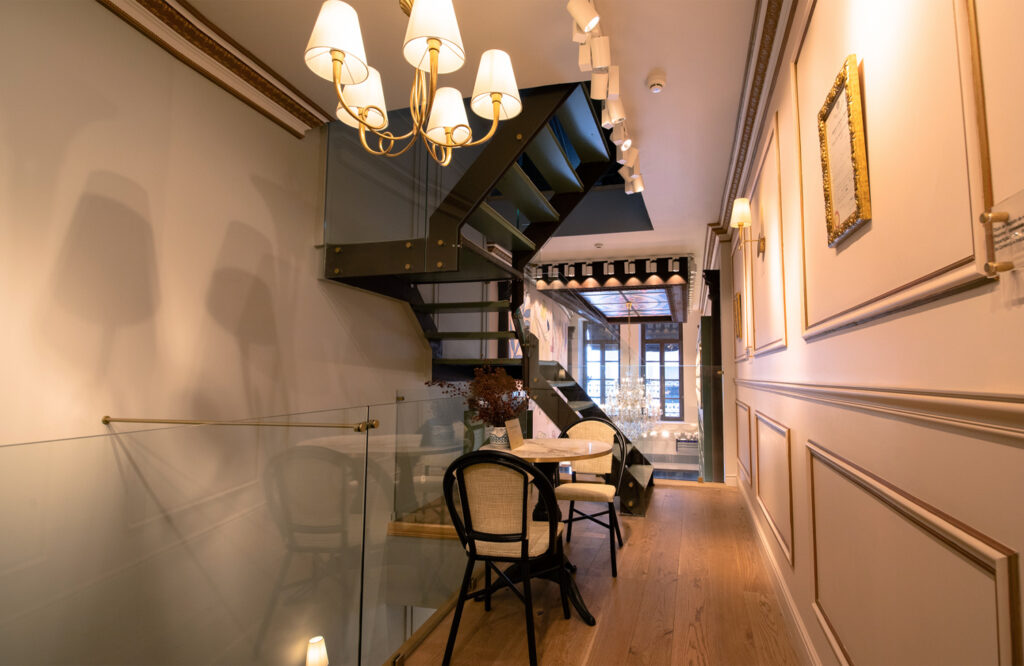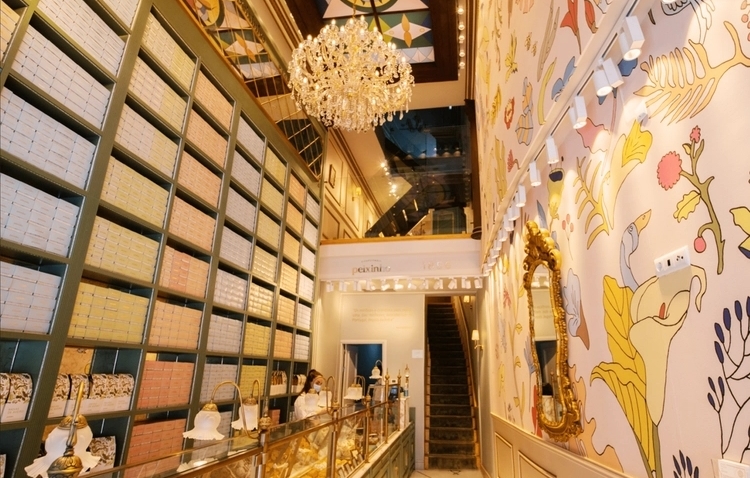The process of transformation of the urban space, comprising the execution of conservation, recovery and readaptation works of buildings and urban spaces, to improve their conditions of use and habitability, while preserving their fundamental character, is usually defined as Urban Rehabilitation.
The Portuguese Association for Urban Rehabilitation and Heritage Protection also reiterates that, urban rehabilitation is all the intervention works in an urban context, which under a pre-defined strategy, at different scales, from the territory to the scale of the building in question, intend to enhance the quality of people’s lives, the urban environment and which, together, safeguard the identity of the built heritage, reduce social asymmetries and also, promote citizen participation in the definition of objectives.
To ensure an effective urban regeneration it is necessary to have a deep knowledge of the existing buildings in all their contexts. From the historical context to that of urban evolution, cultural and heritage values, social values and the characteristics of traditional construction systems to be preserved, as well as the resident social structure. It is vital that there is an assessment prior to its implementation and planning that contemplates that part of the building, lines of action that Ponto Urbano respects and outlines.
Thus we emphasize our most recent works of urban regeneration, based on the values mentioned above:
Confeitaria Peixinho

Created in 1856, the Confeitaria Peixinho is the epicentre of the tradition and originality of Aveiro’s regional confectionery, and is responsible for the title of the “Oldest House of Ovos Moles de Aveiro”.
In 2019, we thoroughly rehabilitated the building in five weeks, preserving its cultural values and giving a new aesthetic life to this house with 162 years of history.
Tear Building

The Tear building, on Avenida Lourenço Peixinho, also has the signature Ponto Urbano. A rehabilitation that safeguarded the building’s façade, without compromising its exterior identity, giving it, however, a modern and sophisticated interior.
Cinco Avenida Building

The Cinco Avenida development was born from the will to rehabilitate a historical façade of the city, contributing to the rejuvenation of the oldest avenue in Aveiro, the Lourenço Peixinho.
The building represents the perfect relationship between history conservation and modern architecture.
Besides rehabilitating already built heritage, we also give life to city icons that need a new structure and identity, rebuilding them in their entirety. Two of the most significant projects with the Urban Point stamp are:
Café Convívio
Café Convívio was born in 1973 and is a meeting place for all “Aveirenses” (inhabitants of Aveiro). In 2018, it underwent a rehabilitation from scratch to create a welcoming space that features a more modern decor, while keeping all the old memories and the same menu that everyone loves.
Café Ramona
A reference hamburger shop in Aveiro, Café Ramona, has a history that dates back to 1973. After total rehabilitation, it reopened after 13 months, to present all its customers with a new, more modern and spacious space.
For Ponto Urbano, preserving the history of each city by maintaining its architectural heritage is a must. Our cities are witnessing the progressive degradation of their urban structures, buildings and outdoor spaces. It is therefore essential to develop integrated urban regeneration processes, rationalising resources and avoiding scattered interventions.
Ponto Urbano’s pillar is respect for and preservation of the past, while simultaneously creating architectural value, by focusing on projects that consider the surroundings and are simultaneously at the forefront of the design.
